ESPAÑOLA, N.M. (KRQE) – Daily, staff at New Mexico Wildlife Center in Española never know what is going to come through the doors. While the nonprofit center is an educational space that is open to visitors, it also serves as a wildlife hospital to treat the wide variety of animals native to New Mexico.
So far this year, the center has already treated 127 different species and over 600 animals at its hospital. “So, from little tiny deer mice, prairie dogs, we have a kangaroo rat in care. All the way up to larger mammals, some of the gophers. And last year, we admitted and then released this year a marmot, a yellow-bellied marmot,” explained Laura Siegel, communications specialist for the New Mexico Wildlife Center.
Story continues below
The list of animals treated this year by the center goes on and on, including but not limited to coyote pups, bobcats, bats, rabbits, owls and other bird species, deer, skunks, snakes, and squirrels, to name a few. You may even recall KRQE New 13’s coverage of an injured pelican found in Santa Fe.
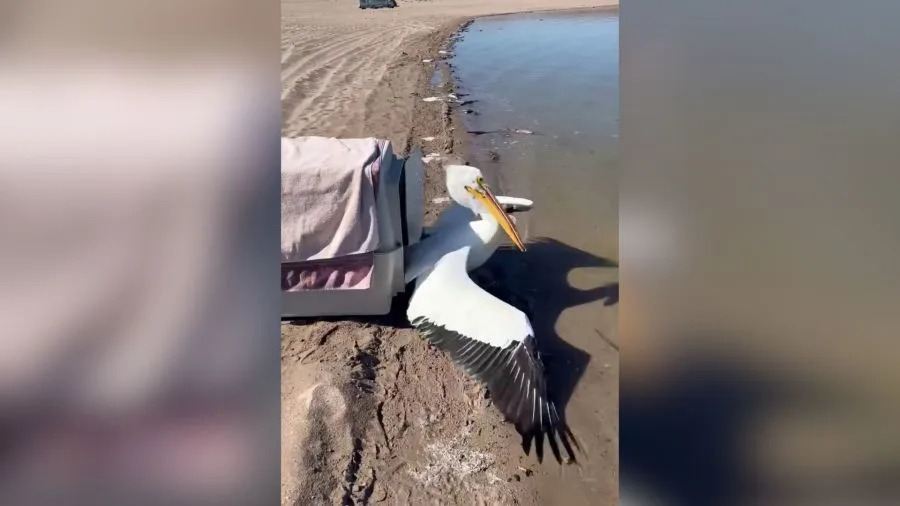
“Just some really, really fun bird diversity as well. And a lot of different mammals, too, and reptiles. Just yeah, a lot of cool stuff,” Siegel said.
According to the Bureau of Land Management, New Mexico is rich in biodiversity, with approximately 4,583 known species. Across plants and vertebrate animals, the state has the fourth-highest native species richness of any U.S. state.
So, how does the New Mexico Wildlife Center, which has 12 to 13 full-time staff members, including one veterinarian, four wildlife rehabilitators, administration staff, and educators, prepare to treat so many different species on any given day? Elizabeth Kendall, a wildlife rehabilitator and communications specialist for the center, explained that it’s a process that involves a variety of research.
“So, we have books, we can use online resources, and our own expertise. All of us have rehabbed in slightly different areas. So, if someone has a lot of experience with a certain species or taxa versus someone else, so, we’re able to teach each other. But, then also just knowing where we can look, or who else we can reach out to, to help us figure out a new species we’ve never worked with before,” Kendall said, adding that it’s a “fun” experience for her.
A sentiment that Siegel also connects with, “It’s kind of a fun process of learning about each species and just kind of having that knowledge in the back of my brain.”
Center staff will not only connect with different wildlife rehabilitators in the state, but also across the country. For example, a single pronghorn was brought into care at the center, which was a first for Kendall. The case presented a challenge because, according to Kendall, the pronghorn is a herd animal that does not do well in a rehabilitation setting; “it’s one of the few herd animals that they won’t accept singletons into the herd, usually,” Kendall explained.
The center worked with the San Diego Zoo Safari Park, which also had a young pronghorn, to find a new home for the pronghorn from New Mexico, since it was non-releasable. “It will stay in their safari park and their care for the rest of its life. And then with this other singleton around the same age, they’re going to form their own herd together,” Kendall said.
The New Mexico Wildlife Center is open to accept injured, ill, or orphaned animals seven days a week and is open for visitors six days a week.
If you happen to come across a wild animal in New Mexico that may need assistance, Siegel and Kendall said to call the center at 505-753-9505 with any questions or concerns. Staff can help determine if the animal needs to be brought to the center or not, and how to safely contain and transport animals.
“We can help mitigate and reduce the amount of times where animals don’t need to come to us, where they’re perfectly healthy, and a human has just stumbled upon it and they’re not expecting it,” explained Kendall.
She also asked that people assisting animals who may need care not feed the animals, “If you feel like you really need to give them something, you can offer a small water dish, but we recommend not doing any of that because inappropriate diets can be really more hazardous than just getting some food in their belly.”
The New Mexico Wildlife Center can be reached at 505-753-9505. More information, including hours, events, and details on how to volunteer, intern, or donate, can be found on the center’s website here.
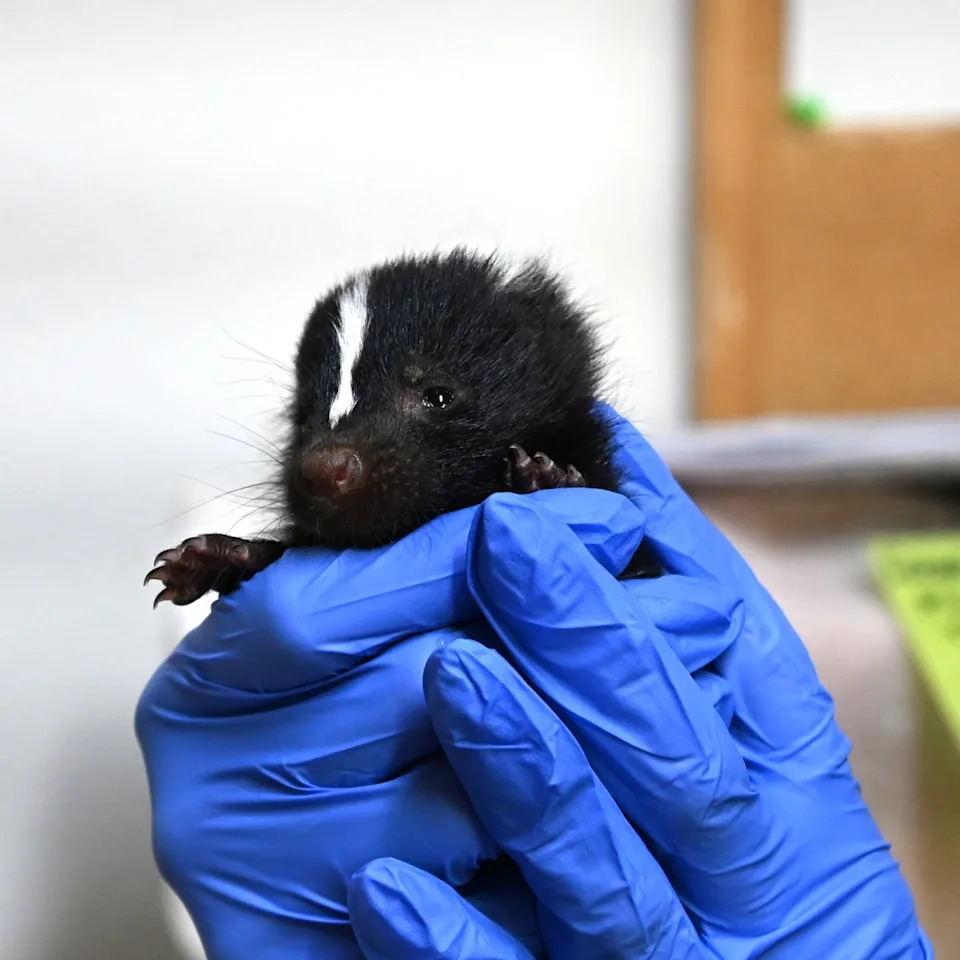 Baby skunk | Courtesy: New Mexico Wildlife Center
Baby skunk | Courtesy: New Mexico Wildlife Center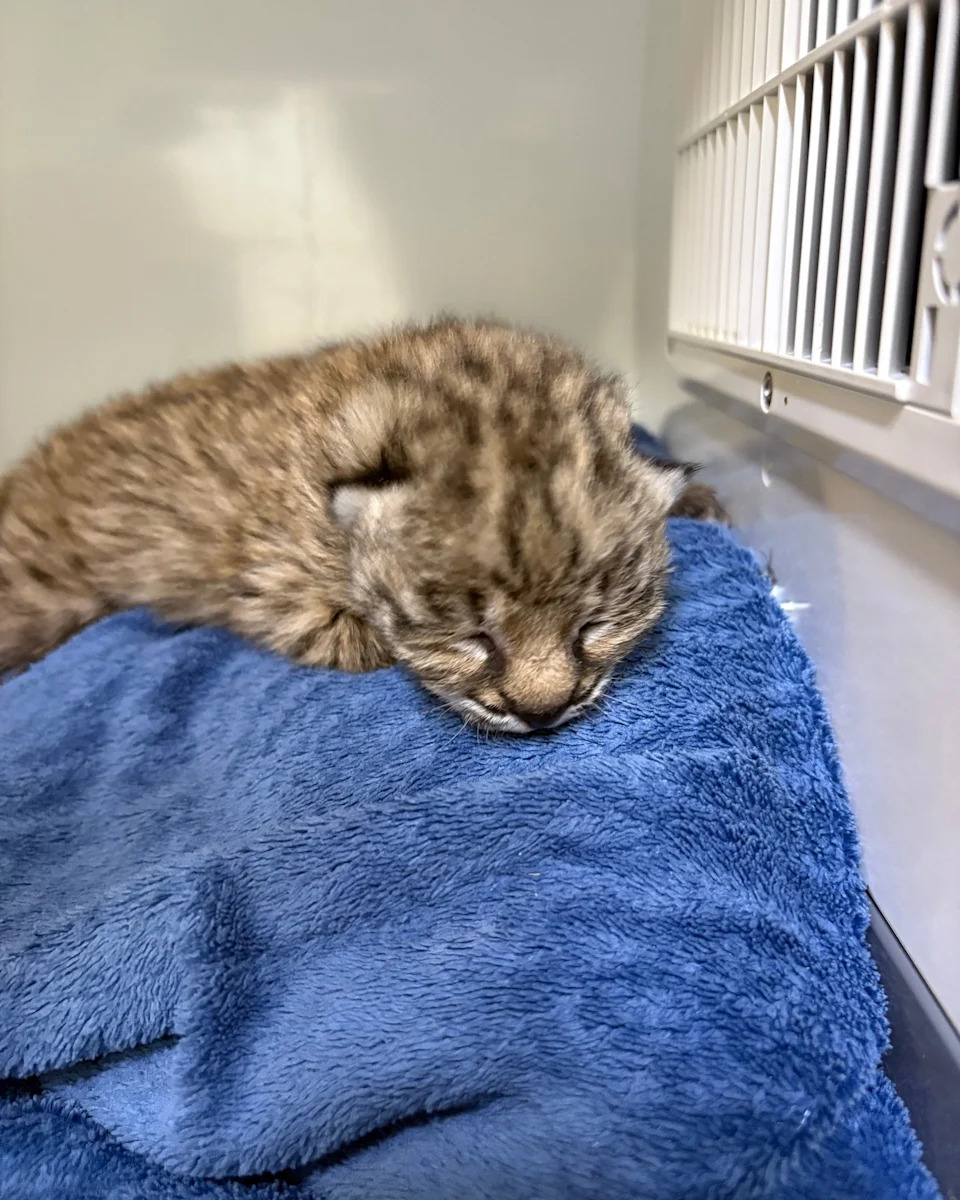 Rescued bobcat kitten | Courtesy: New Mexico Wildlife Center
Rescued bobcat kitten | Courtesy: New Mexico Wildlife Center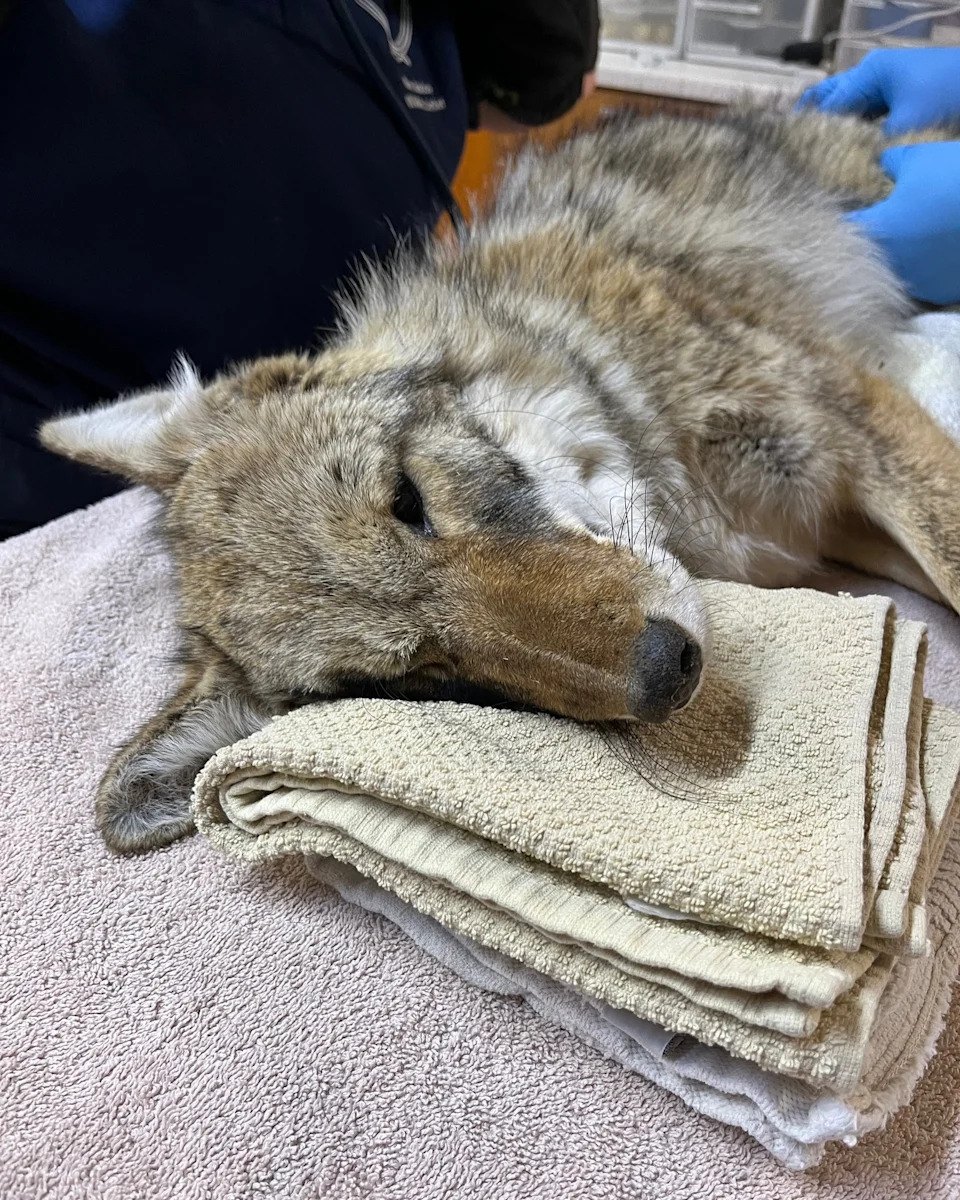 Injured coyote at New Mexico Wildlife Center | Courtesy: New Mexico Wildlife Center
Injured coyote at New Mexico Wildlife Center | Courtesy: New Mexico Wildlife Center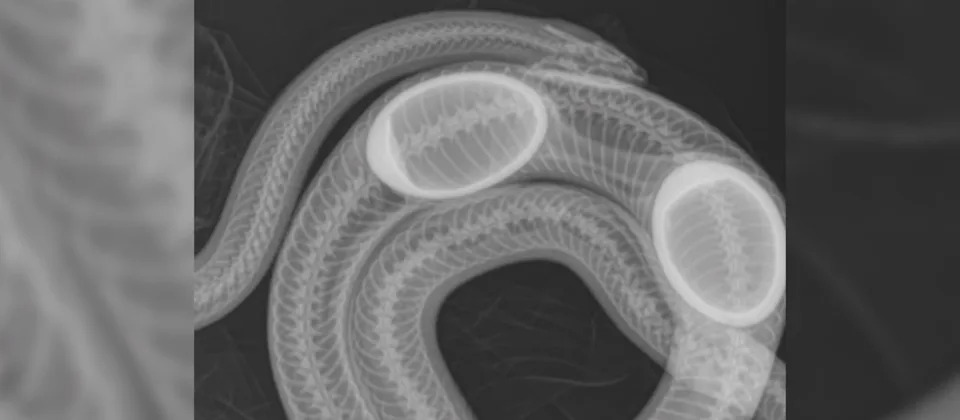 A Sonoran gopher snake ate two decoy eggs | Courtesy: New Mexico Wildlife Center
A Sonoran gopher snake ate two decoy eggs | Courtesy: New Mexico Wildlife Center
Copyright 2025 Nexstar Media, Inc. All rights reserved. This material may not be published, broadcast, rewritten, or redistributed.








Comments